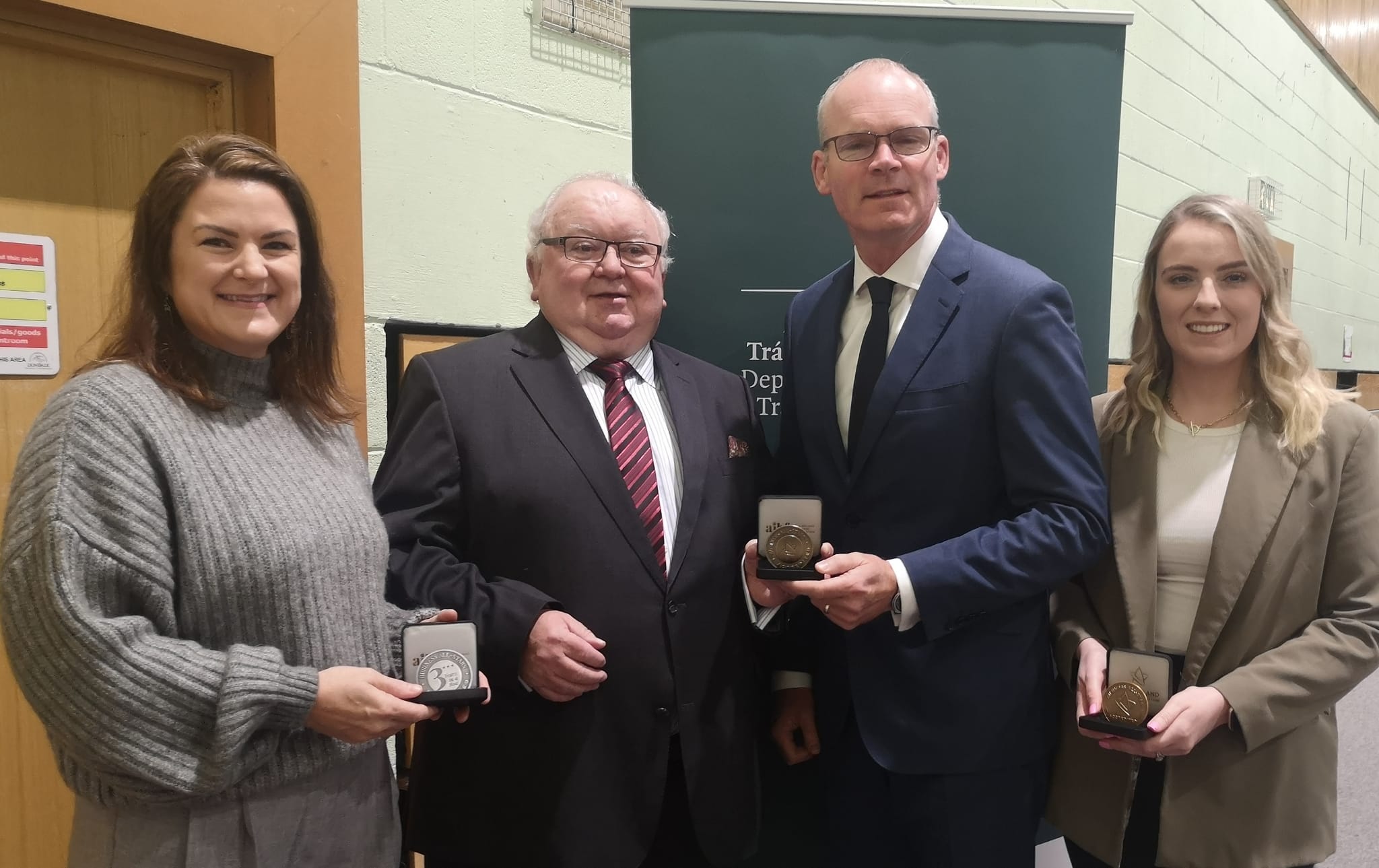Are you ready to take your mystery shopping game to the next level? Whether you’re a seasoned shopper or just starting out, having the right tools at your disposal can make a significant difference in your efficiency and effectiveness. Here, we’ll explore some essential tools that every mystery shopper should consider using to streamline their workflow and maximise their earning potential:
Grammarly: Good communication skills are essential for mystery shoppers, especially when it comes to writing detailed reports. Grammarly is a handy tool that can help you enhance your writing by checking for grammar, spelling, and punctuation errors in real-time. It also provides suggestions for improving clarity and readability, ensuring that your reports are professional and error-free.
Audio Recording Apps: Many mystery shopping assignments require you to interact with employees and evaluate the quality of customer service. Using an audio recording app on your smartphone or tablet can be invaluable for capturing these interactions accurately. Apps like Voice Recorder or Smart Recorder allow you to discreetly record conversations, ensuring that you don’t miss any important details when writing your reports.
Task Management Apps: Keeping track of multiple assignments, deadlines and requirements can be challenging, especially for busy mystery shoppers. Task management apps like Todoist or Trello can help you stay organised by allowing you to create to-do lists, set reminders and prioritise tasks. You can easily manage your shopping schedule, track progress on assignments and ensure that nothing falls through the cracks.
GPS Navigation Apps: As a mystery shopper, you may be required to visit various locations within a specific area to complete assignments. GPS navigation apps like Google Maps can be invaluable for helping you find your way around unfamiliar areas and navigate to each location efficiently. You can input addresses, get turn-by-turn directions and even avoid traffic delays, ensuring that you arrive on time for your shops.
Expense Tracking Apps: Keeping track of expenses incurred during mystery shopping assignments is essential for accurate reimbursement and tax purposes. Expense tracking apps like Expensify or Shoeboxed allow you to easily record and categorise expenses, capture receipts using your smartphone camera and generate detailed expense reports. This ensures that you’re properly reimbursed for any out-of-pocket costs associated with your shopping activities.
Digital Voice Recorder: In addition to audio recording apps on your smartphone, investing in a dedicated digital voice recorder can be beneficial for capturing high-quality audio recordings during mystery shopping assignments. These devices offer features like noise cancellation and long battery life, making them ideal for recording interactions in noisy or busy environments without compromising audio clarity.
In conclusion, having the right tools can significantly enhance your effectiveness as a mystery shopper and make your job easier and more enjoyable. Whether it’s improving your writing with Grammarly, capturing audio recordings with your smartphone, staying organised with task management apps, navigating to locations with GPS navigation apps, tracking expenses with expense tracking apps, or investing in a digital voice recorder for high-quality audio recordings, these tools can help you succeed in your mystery shopping endeavours. So, equip yourself with these essential tools, and start shopping like a pro today!
Sign up to Customer Perceptions today and discover new opportunities – Mystery Shopper Sign Up











